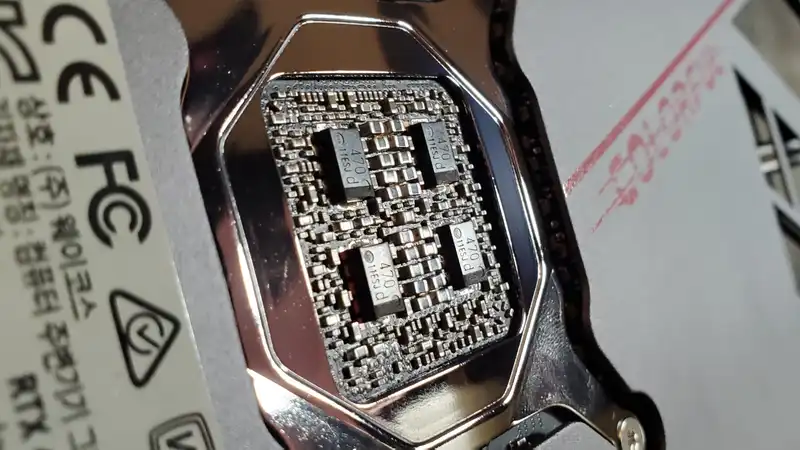Correction 4/4/24: We received a clear response from Nvidia that export restrictions on the system do not affect Nvidia's ability to export or sell the RTX 4090D in China. Also, the U.S. government regulations have not changed. The article has been revised to reflect this.
A recent document released by the U.S. government clarifies sanctions regarding the level of system performance that U.S. companies can export to China. Because this information describes regulations affecting hardware with adjusted peak performance exceeding 70 "weighted teraflops," an incorrect assumption was made that two Nvidia products, the RTX 4090D with 73.5 teraflops of computing performance and the H20 with 74 teraflops, would be affected This is not true. This is not true, and the clarification by the U.S. government does not constitute a regulatory change.
The cited regulation covers systems like Nvidia's DGX H100, not individual GPUs like those in the H20 and 4090D. This means that Nvidia's ability to export these cards to China and other countries affected by export controls has not changed. Furthermore, the recent document only clarifies some information in the existing regulations.
The RTX 4090D, or "Dragon," is a China-only version of Nvidia's flagship RTX 4090 graphics card, first discovered late last year. It contains an improved version of the AD102 GPU found in the standard RTX 4090, with reduced performance to meet strict export controls set by the U.S. government to curb trade with the country.
Nvidia is unable to sell its regular "full fat" RTX 4090 in China as part of a broader ban on high-performance GPUs and systems. U.S. regulations, which also affect trade with other countries, restrict exports of many GPUs, including the A100, H100, H800, A800, L40, and L40S.
Recent clarifications issued by the U.S. government have not changed these regulations, but only clarified certain definitions. The regulations use "weighted teraflops" and "adjusted peak performance" (APP) to determine which products are banned and which are not; APP refers to the number of processors in a system and whether these processors have memory coherence, or more simply put, affected by several important parameters, such as whether they have access to the same memory pool. Theoretical performance is also scaled and is not 1:1 to the actual TFLOPs of the processors; a DGX H100 system would easily exceed the 70 teraflops requirement if it followed this rule, but even before that it would have been subject to export controls. Even if the RTX 4090D had been included in a larger system, this would mean that the other requirements of this export control rule would not apply.
Whether a consumer GPU is subject to export controls depends on its total processing performance (TPP) and performance density (TD), the former of which must be below the 4,800 limit. TPP is the highest computational throughput offered by the GPU, regardless of data format, multiplied by two and then regardless of data format, multiplied by the highest computational throughput offered by the GPU, multiplied by the bit size of the format used.
The regular RTX 4090 clearly exceeds this 4,800 TPP limit, whereas the RTX 4090D is below it. Therefore, it can be sold in China.
The U.S. government has stated that for the time being it would like to keep a close eye on AI-enabled hardware sold in China. U.S. Commerce Secretary Gina Raimondo is quoted as saying, "If we redesign a chip around a particular cut line that enables AI, I'm going to regulate it the day after that."
We had thought that the documents recently released by the U.S. government amounted to some change to regulations to this effect and would remove Nvidia's ability to sell RTX 4090D cards in China. However, that is not the case.


Comments